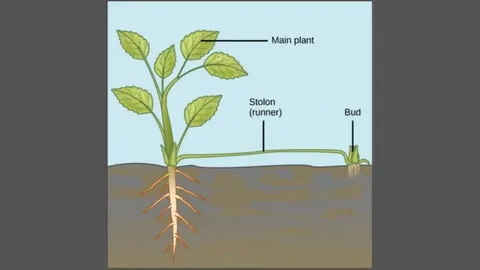Plants are remarkable organisms capable of continuous growth and renewal throughout their lifespan. One of the fundamental aspects of this incredible process lies in the tiny, often overlooked structures known as buds. Understanding the science behind plant buds reveals a fascinating story of growth, development, and regeneration.
What Are Plant Buds?
Plant buds are small embryonic shoots found on stems, branches, or roots, acting as growth centers. These buds are the starting points from which new leaves, flowers, or stems develop. Buds can be classified mainly into terminal buds, found at the tip of stems, and axillary buds, located in the axils of leaves. Both types play crucial roles in shaping the plant’s growth pattern.
The Role of Buds in Plant Growth
The science behind plant buds: growth and renewal explained begins with the meristematic tissue inside buds. This tissue consists of actively dividing cells that contribute to the plant’s vertical and lateral growth. Terminal buds are responsible for elongating the plant, while axillary buds allow branching and formation of flowers.
When conditions are favorable, these meristematic cells differentiate and develop into various tissues, enabling new organs to form. This ability to continuously produce new parts gives plants their unique capacity for renewal and adaptation.
How Buds Facilitate Renewal
The science behind plant buds: growth and renewal explained also involves understanding dormancy and activation cycles. Buds can enter a dormant phase to survive harsh environmental conditions such as winter or drought. During dormancy, growth slows down or stops entirely, protecting the plant’s potential for future development.
Once conditions improve, hormonal signals stimulate the buds to break dormancy and resume growth. This remarkable cycle of dormancy and renewal ensures the plant’s survival and reproduction over time.
Environmental and Hormonal Influences on Bud Development
Environmental factors like temperature, light, and water availability significantly influence bud growth and renewal. Hormones such as auxins, cytokinins, and gibberellins regulate the growth direction and activation of buds. The balance and interaction of these hormones determine whether a bud will remain dormant or grow into a new shoot or flower.
Conclusion
The science behind plant buds: growth and renewal explained highlights how these tiny structures are vital for the continuous development and survival of plants. Through meristematic activity, dormancy cycles, and hormonal regulation, buds serve as nature’s growth engines, ensuring plants can adapt, flourish, and reproduce in diverse environments. Next time you see a small bud on a branch, remember it is the beginning of new life and endless possibilities.


